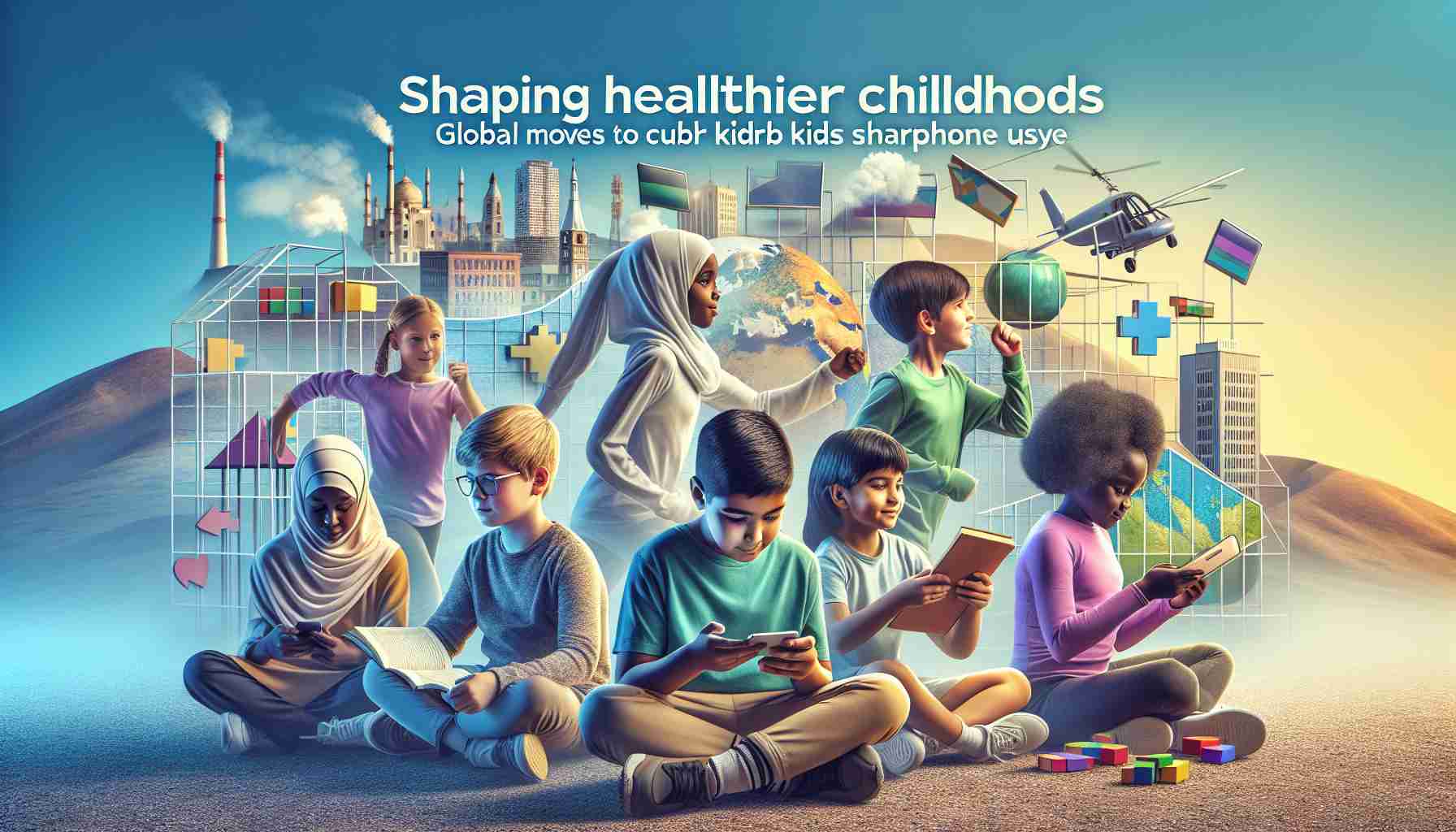In light of the mounting evidence linking excessive smartphone use to mental health challenges in children, governments worldwide are taking decisive action. England’s approach has been to encourage schools to maintain phone lockers, thereby reducing the distractions posed by social media applications during class hours.
Regulatory Shifts in Mobile Phone Policies
Recent years have seen similar legislative developments across various European Union countries. Spain has implemented bans on smartphones in primary schools and placed restrictions on their use in secondary institutions. Finland is also preparing legislation that would grant teachers enhanced authority to restrict mobile phone usage during class, a policy outlined by Education Minister Anna Maja Henriksson.
Insights from a Psychological Perspective
These regulatory efforts are mirrored by scholarly concern about the impact of technology on the adolescent mind. In ‘The Anxious Generation,’ American social psychologist Jonathan Haidt underscores the necessity for parents to limit their teenagers’ exposure to smartphones and social media until they reach 16 years of age, drawing on extensive research which paints a grim picture of the mental health crisis among the youth.
The American Psychological Association has echoed Haidt’s concerns, casting social media platforms as inherently unsafe environments for children. An Asian parliamentary study has contested the burden should not fall entirely on parents or tech developers alone but include platforms who often overlook the immature judgment and self-regulation capabilities of younger users.
Haidt also notes the shift in children’s lifestyles, pinpointing the early 2010s as the time when smartphones began to replace outdoor activities significantly reducing physical injuries but, concurrently, increasing the incidence of mental health issues.
In his final recommendations, Haidt suggests banning smartphones until high school, limiting social media access until 16, and enforcing a phone-free environment in schools. Instituting a balance of autonomy, play, and real-world responsibility is suggested as a method to reclaim a childhood rooted in play, free from the distractions of technology.
Importance of Regulating Smartphone Use in Children
The regulation of smartphone use among children is a response to concerns over mental health and development issues. Excessive screen time has been linked to sleep disturbances, decreased attention span, potentially detrimental effects on learning, and an increase in anxiety and depression among young people. These growing apprehensions highlight the need for intervention to foster healthier developmental environments.
Key Questions and Challenges
A key question in the context of smartphone use by children is: What is the right balance between technology use and restriction? This is a complex challenge because technology is deeply embedded in modern life, and its use can offer educational benefits as well as risks. Establishing clear guidelines that protect children while allowing them to develop essential digital literacy skills is a delicate balancing act for policymakers.
Another challenge is the enforcement of these regulations. How can schools and parents effectively monitor and manage technology use without encroaching too heavily on personal freedoms or autonomy? The success of these initiatives largely depends on the cooperation between schools, parents, and legislative bodies to create an environment where children can thrive both offline and online.
Advantages and Disadvantages of Restricting Smartphone Use
The advantages of restricting children’s smartphone use include:
– Promoting mental and physical health: Less screen time is associated with better sleep quality, more physical activity, and reduced risk of mental health issues.
– Improving focus: Reducing distractions from smartphones can lead to better concentration in class and more meaningful engagement with educational material and peers.
– Enhancing social skills: Encouraging face-to-face interactions helps children develop crucial social abilities.
However, there are also disadvantages, such as:
– Potential isolation: Given how integral social media is to social dynamics today, restrictions might sideline children from peer groups and conversations.
– Access to information: Smartphones are powerful tools for accessing information; restrictions might limit educational opportunities, particularly when other resources are not available.
– Resistance to change: Policymaking can often lag behind technological developments, and enforcing restrictions may meet with resistance from both children and parents accustomed to digital autonomy.
Related Links
For further information, visit
– American Psychological Association
– Websites of governmental education departments like England’s Department for Education or the Finnish National Agency for Education typically offer updates on school policies regarding technology use. Since full URLs to subpages are not provided, visiting these main organization websites can offer starting points for exploring more in-depth information.
It is critical that as technological advancements rapidly transform societies, stakeholders including parents, schools, legislators, and the tech industry must work together to ensure regulations keep up with the pace of change and address the complexities involved in shaping healthier childhood environments.
The source of the article is from the blog qhubo.com.ni
